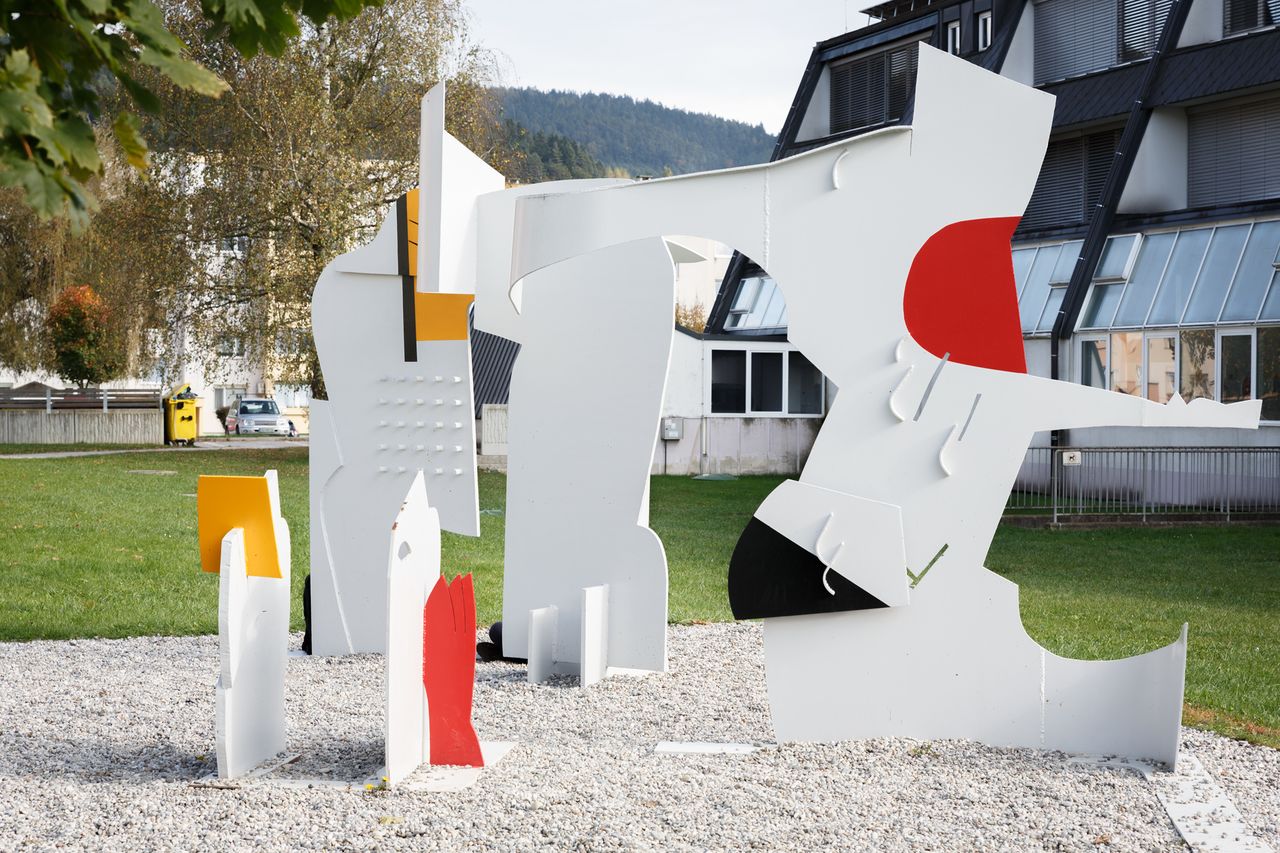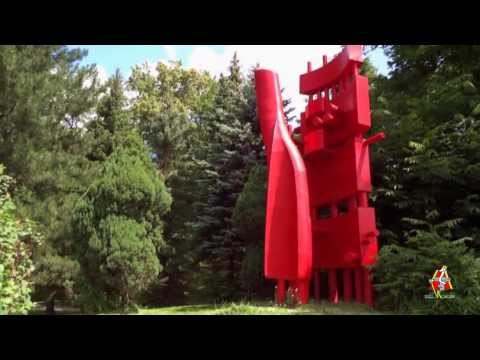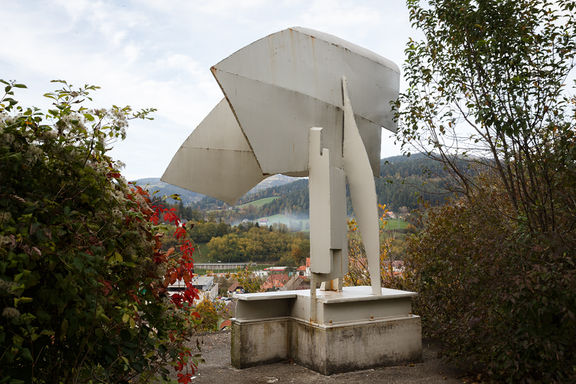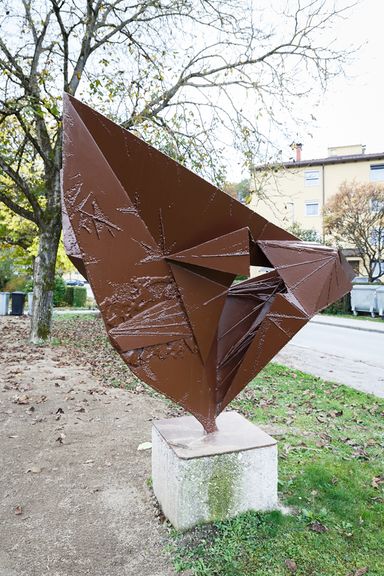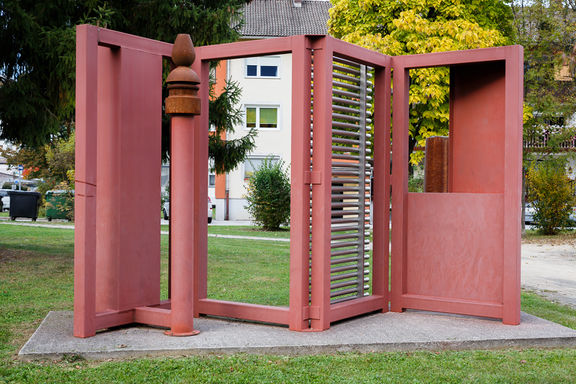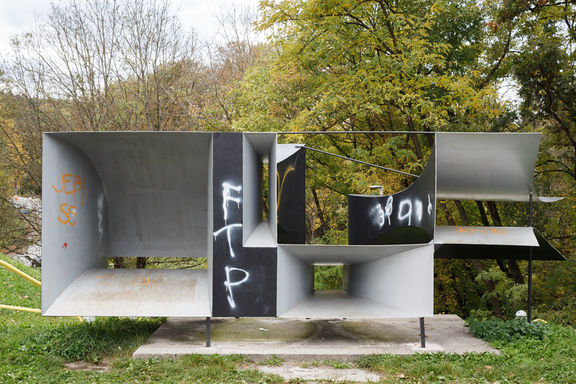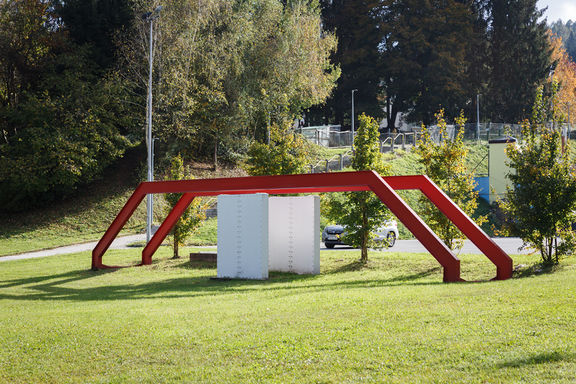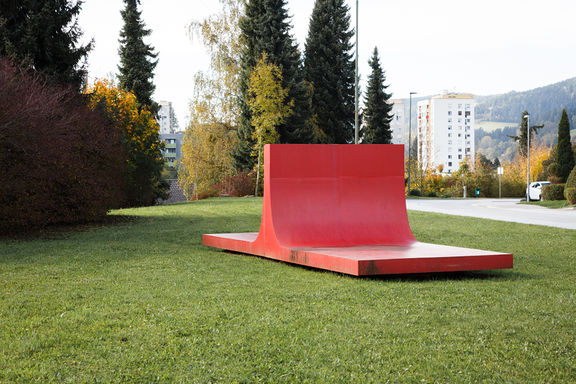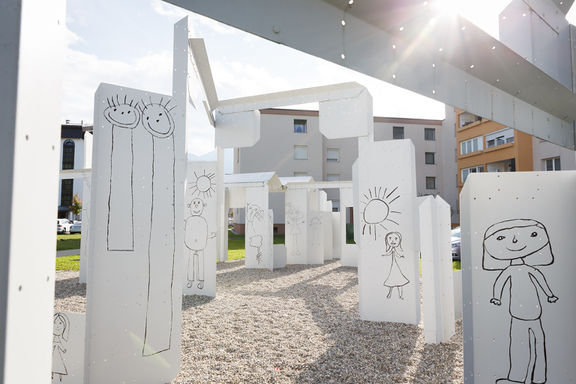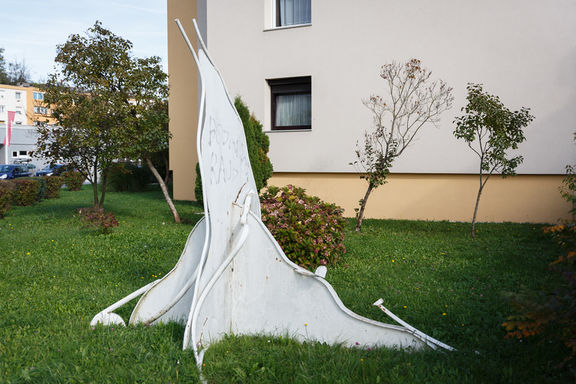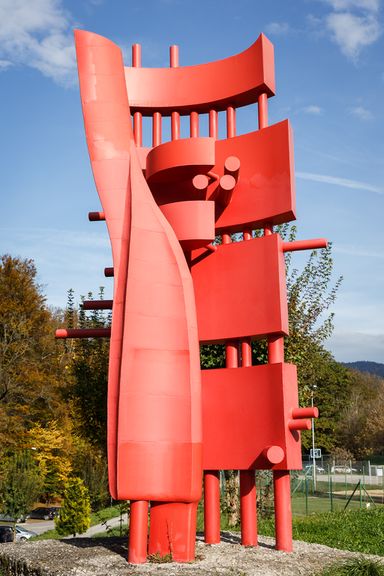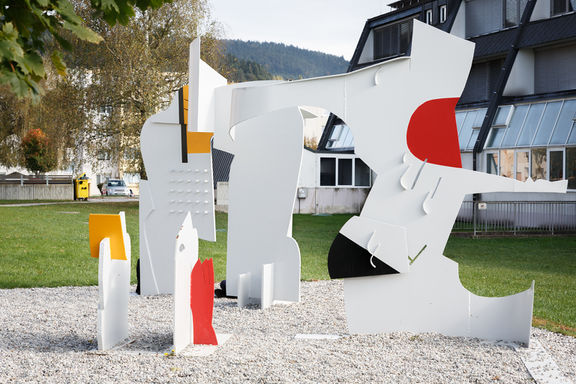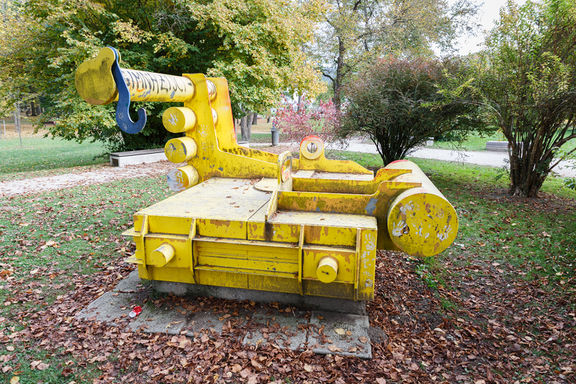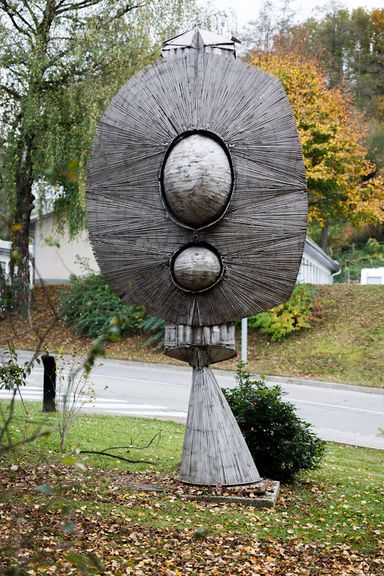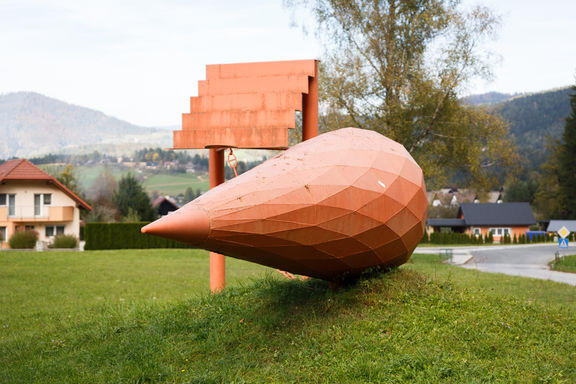Forma Viva Open Air Steel Sculpture Collection, Ravne na Koroškem
Background
Set up by the sculptors Jakob Savinšek and Janez Lenassi, Forma Viva was modelled after an open-air symposium held in St. Margharethen quary in Austria in 1959. The idea was first carried forward in 1961, when the first two symposia were organised in Kostanjevica na Krki (wood) and in Portorož (stone). They were joined by Forma Viva in Ravne na Koroškem in 1964, followed by the one in Maribor in 1967. In the course of the following five decades sculptors from all over the world participated in the project, enriching various landscapes with around 350 sculptures.
The chosen material for Ravne na Koroškem sculptures was steel, thus alluding to the almost half a millennia long metallurgy tradition in the region. The choice was also the result of Franc Fale, then acting as president of the municipality, managing to engage the director of the local metal plant to support the project.
As compared to the Forma Vivas in Portorož and Kostanjevica na Krki, where most of the pieces are gathered in specially designated parks, the ones in Maribor and Ravne na Koroškem are spread over the wider urban region. Both of the cities were growing fast in 1960s and the installation of sculptures was meant to humanise their new, concrete-dominated urban spaces. A number of pieces in the Ravne collection was actually placed close to the neighbourhoods built to house the metal plant workers.
Artists and sculptures
Between 1964 and 1989, seven Forma Viva sculptural symposiums were held in Ravne. Thirty sculptors from 15 countries all over the world created monumental steel sculptures, 28 of which are still preserved today (the other two got stolen). They adorn the urban spaces of the town of Ravne and the surrounding villages Prevalje, Mežica and Črna. In 2008 Forma Viva was revived and then repeated in 2014, thus producing 6 more works.
Of the artists involved, 10 were from Slovenia, among them Slavko Tihec, Rene Rusjan, Tobias Putrih and Roman Makše. The Japanese were also often invited (they are Katsuyi Kishida, Koji Ishikawa, Yuki Oyanagi, Jo Oda and Ichiro Oshiba), as were Germans and Croatians (four from each country). The others came from either Europe or the USA.
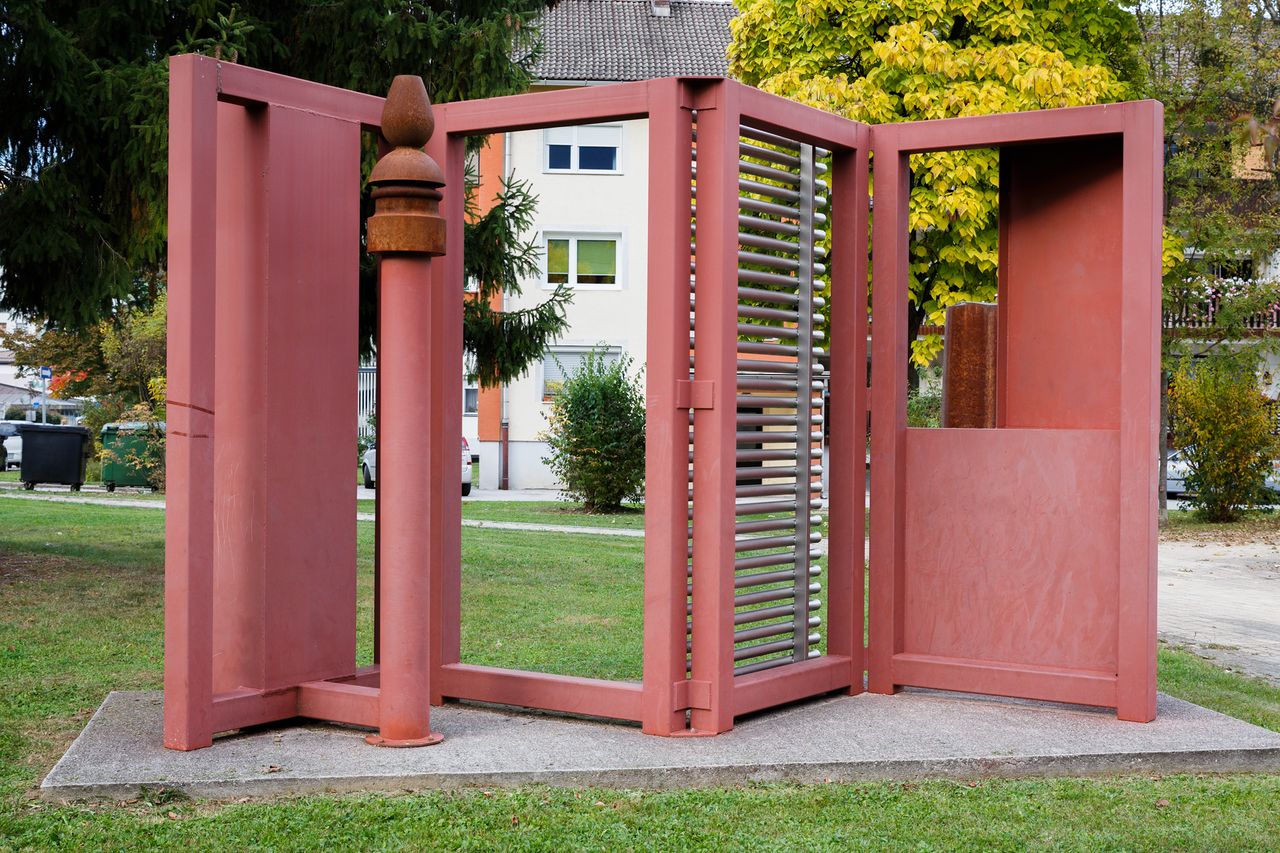
In the most recent edition the idea of expanding the nature of new Forma Viva artworks was realised via a collaboration between the sculptor Boštjan Drinovec and the musician Primož Oberžan.
Impact and contemporary developments
During the first two decades sculptures were predominately made at the factory grounds, with the help of the workers and craftsmen employed there. As such Forma Viva facilitated for a very peculiar penetration of contemporary artistic processes into the wider society. Furthermore, many of the pieces have been adopted by the locals, subsequently given new, locally devised names and they now function as important landmarks. NForma Viva is Koroška’s most important contemporary sculpture collection, offering an insight into international sculptural trends of the second half of the 20th century.
In 2005 a project of substantial renovation of the collection has been undertaken. With more than half of the works tackled up until now, this project is still ongoing. Reconstructions of the stolen pieces are also planned. It is worth noting there is a very comprehensive website presenting the project, but as of now only available in Slovene.
See also
- Forma Viva Collection
- Koroška Regional Museum, Ravne na Koroškem Unit
- Koroška Regional Museum
- Forma Viva Open Air Sculpture Collection, Maribor
- Forma Viva Open Air Stone Sculpture Collection, Portorož
- Forma Viva Open Air Wood Sculpture Collection, Kostanjevica na Krki
External links
- Forma Viva, Ravne na Koroškem website (in Slovenian)
- Forma Viva on the Koroška Regional Museum website
- Pictures with short explanations of the individual pieces (in Slovenian)
- Forma Viva by Boštjan Drinovec and Primož Oberžan
- Institutional history of Forma Viva (In Slovenian)
